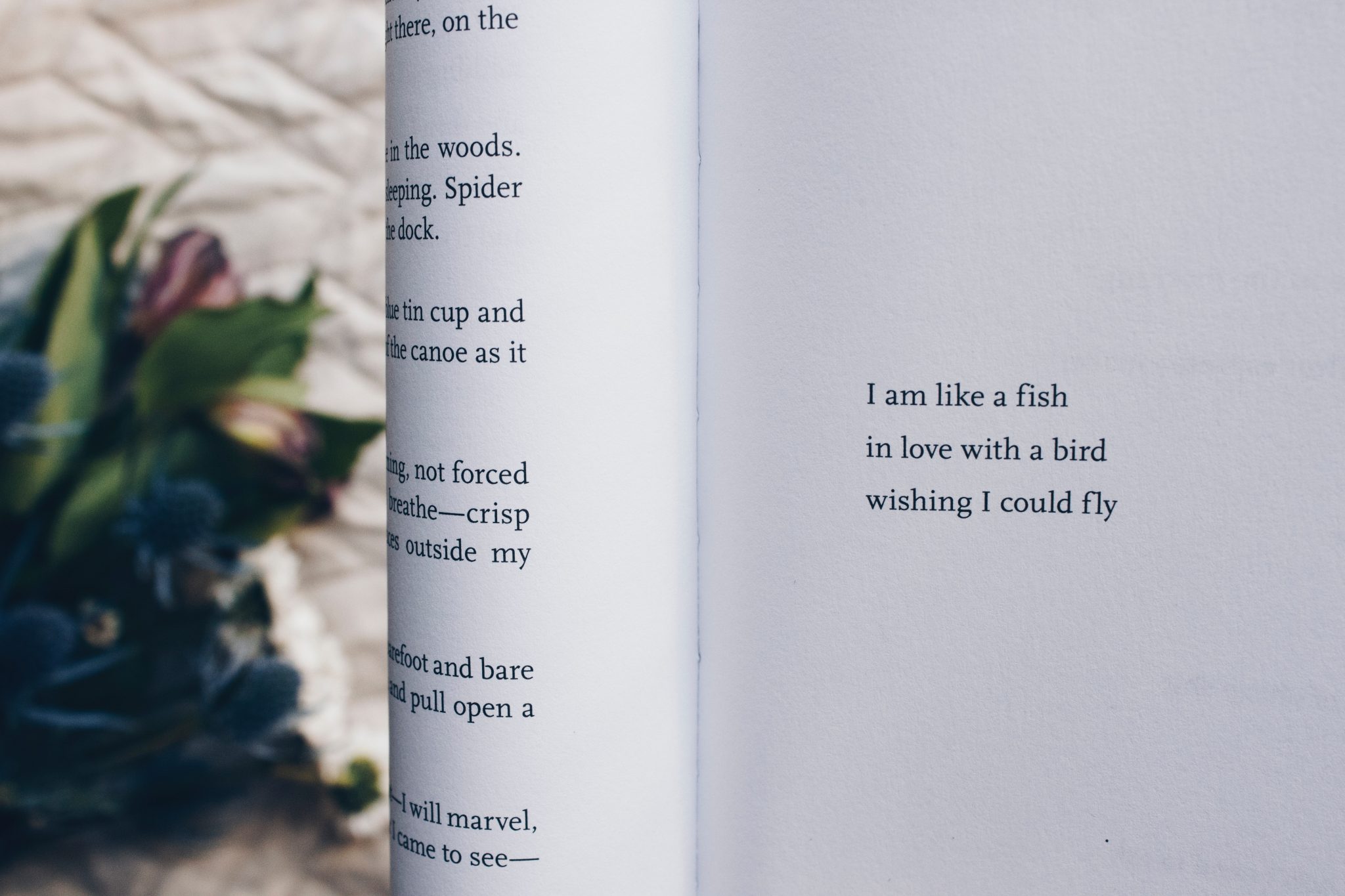Forget about the poems you may have been forced to read in school. Sometimes thought of as elitist and inaccessible, this vibrant form of expression can accompany you at every stage in life. Contemporary poetry has something to offer everyone. Poems are as varied and vibrant as novels, movies, songs and other forms of entertainment. Today, poetry is everywhere: on the subway, on your smartphone, on the radio, on social media and at readings and literary festivals around the globe.
Contemporary poetry is a means of expression for groups of people who have been oppressed and addresses important issues such as climate change, gun violence, intolerance and inequality. Today, poetry comes in many different forms. Text can be combined with photos, visual art, video, multimedia, music, etc.
Considered by some to be the neglected stepchild of contemporary literature, poetry has gotten a boast in recent years from social media.
These platforms offer a new way to promote this age old literary genre. They are breaking down barriers between poets and readers by revolutionizing how you experience poetry while offering you the opportunity to interact directly with poets. It is another way to discover unknown or little known poets outside of traditional publishing. Instagram is an especially popular social network because it makes it easy to combine text and images. New terms have even been coined: instapoet, instapoetry.




Haiku is a poetic form that was invented by the poet Bashô in Japan during the 17th century. It has since been exported all over the world and written in many different languages.
Classical haiku is written in 17 syllables on three lines, with the first line containing five syllables, the second line seven syllables and the third line five syllables. In contemporary haiku, the number of syllables variés and few haikists count syllables today. The haiku is a juxtaposition of two seemingly unrelated images and the resulting tension or irony between them. A haiku captures a moment in time. It is in the here and now. This poetic form is subtle and suggestive. With its small stature, it can easily be shared on social media in any language.


For event info and updates, follow me on social media.
2019 © All Rights Reserved.